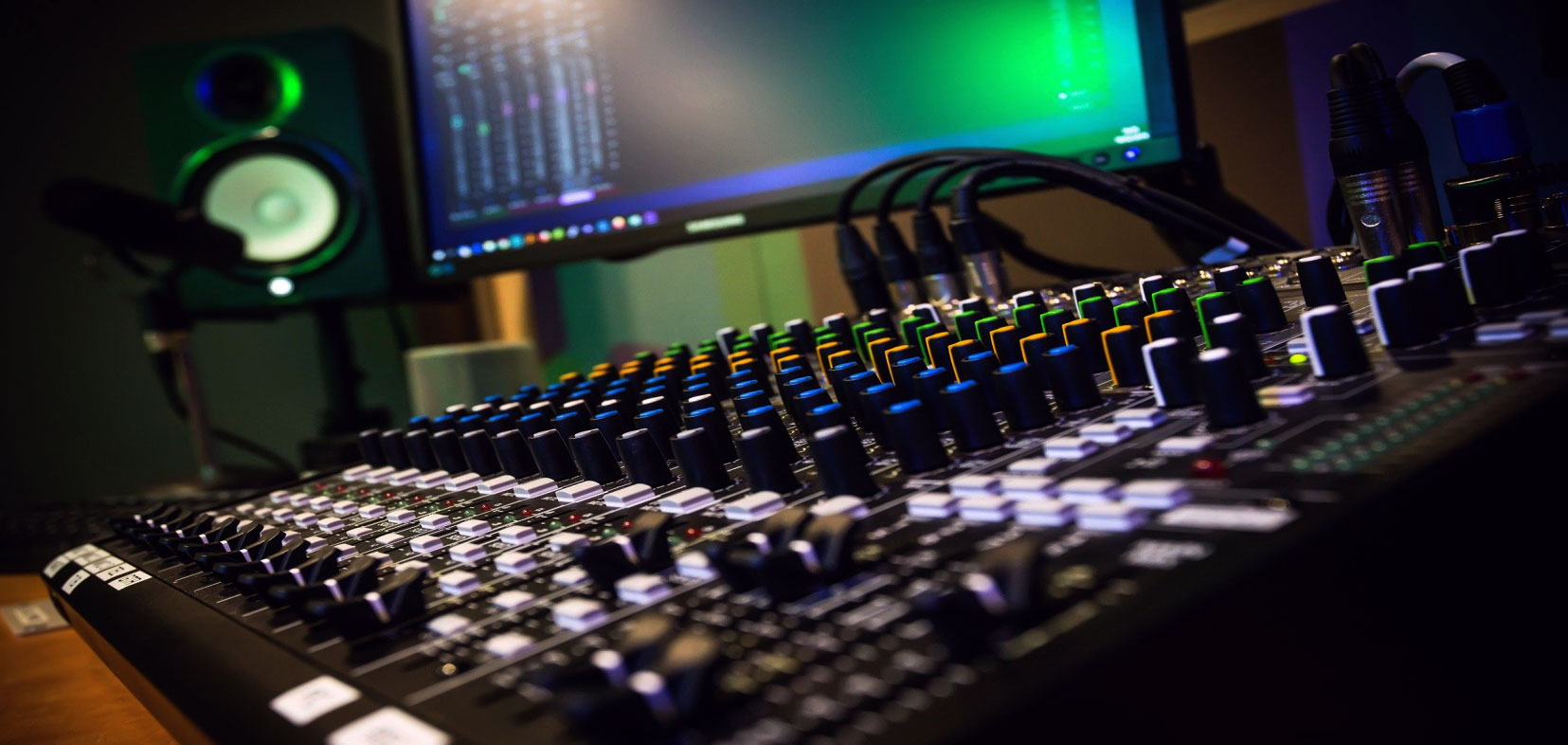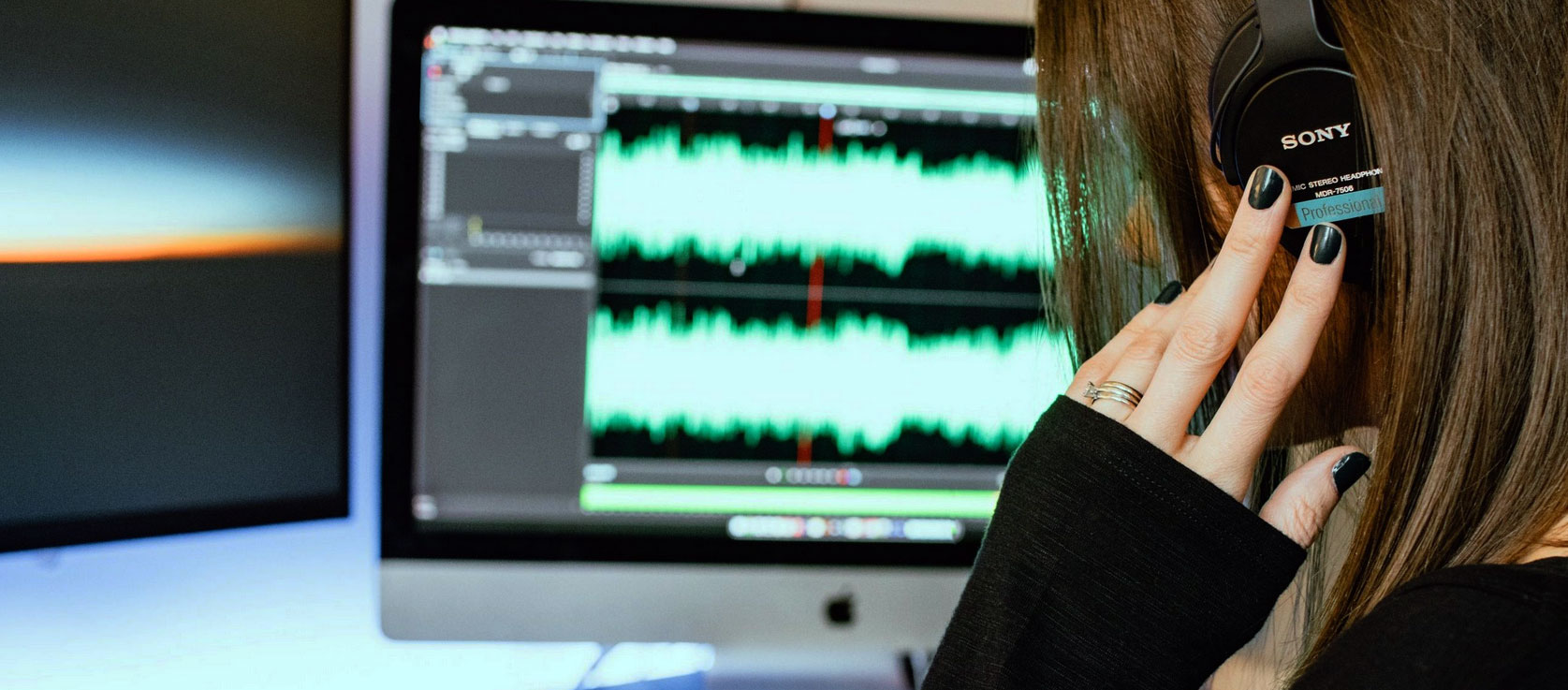Audio Bit Depth: What It Is, and How to Choose the Right One
To understand audio bit depth, you first need to understand what digital audio is. Digital audio is a way of representing sound waves as numbers. The more digits in the number, the higher the resolution or quality of the sound.
Audio bit depth is how many digits represent a single sample of an audio wave. The higher the bit depth, the greater the number of possible variations in volume that can be represented for each sample. A higher bit depth will result in a higher quality audio file. However, it also means that files with a higher bit depth take up more space on your storage device. So, you need to choose the right bit of depth for your needs.

What is audio bit depth, and why does it matter?
When it comes to audio, bit depth is an important consideration. What is bit depth, and how do you choose the right one for your needs?
Bit depth refers to the number of bits used to represent each digital audio sample. The higher the bit depth, the more accurate the representation of the sound will be. CD-quality audio uses a bit depth of 16 bits per sample. This provides a high level of accuracy and allows for a wide range of tones.
If you’re working with music or other types of audios that require a high degree of precision, it’s best to use an audio format with a higher bit rate. For most purposes, however, 16-bit audio is more than adequate. On the other hand, if you’re recording a podcast or other type of audio that doesn’t require high quality, it’s fine to use an audio format with a lower bit rate.
Choosing the right one for your needs will depend on what you’re recording and what you need from your recordings. For example, if you’re recording speech, 16-bit is probably all you’ll ever need. However, if you plan on using music in your podcasts or videos, then 24-bit may be more appropriate for those situations.

What bit depth to export your audio files to?
When it comes to exporting your audio, what bit depth should I export? This is a question that often arises for producers and mixers. The answer, however, is not always so straightforward. We’ll look at the different bit depths available and discuss which one might be best suited for your project. So let’s get started!
16-bit is a good compromise between quality and file size, while 24-bit provides the best possible quality. So, if you’re unsure which bit depth to choose, 16-bit is a safe bet.
The bit depth you choose will also affect how your audio sounds when played back. 16-bit audio sounds noticeably poorer than 24-bit audio, so if the quality is important to you, always export at 24-bit. However, most people will be happy with 16-bit audio, especially if they’re not planning to edit the files heavily.

